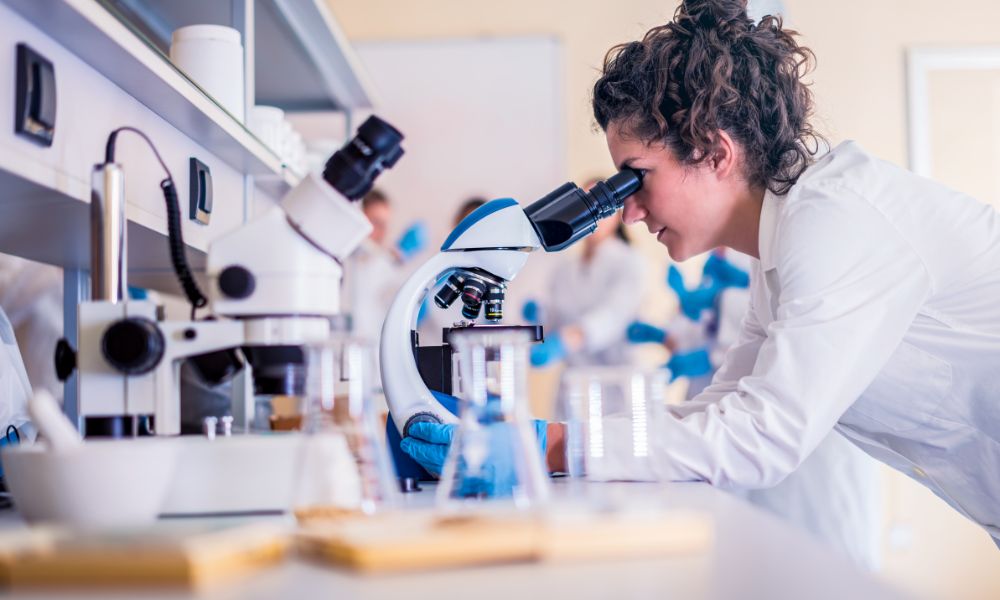Medical device manufacturers have a monumental task of bringing their products to market, and it doesn’t stop at just designing and developing medical devices. Before companies can sell their products, medical device testing and validation must take place to ensure they meet regulatory requirements. However, medical device testing regulations can be complex and confusing. We will take a closer look at medical device testing regulations and explore their importance in ensuring products perform correctly.
What Are Medical Device Testing Regulations?
Medical device testing regulations are guidelines set by regulatory bodies such as the Food and Drug Administration (FDA) to ensure medical devices are safe and effective for use. Their CFR Part 820 regulation establishes requirements for the development, documentation, testing, and validation (among other requirements) for the three device classifications we have in the US. Regulations vary by region, country, and type of medical device. For instance, Europe follows the MDR (Medical Device Regulation) for their medical device compliance. Regardless of which regulation a manufacturer follows, the consequences of non-compliance can be severe and include fines, product recalls, and damage to public trust in the product and the company that produces it.
Major Regulatory Bodies and Their Requirements
In the United States, the FDA regulates medical devices and requires rigorous testing and validation protocols for showing device compliance. The FDA has established three medical device classes—Class I, Class II, and Class III, each with different levels of regulatory scrutiny. For instance, Class III is considered the highest-risk category under most circumstances, which requires the most rigorous testing and even clinical trials. However, all three classes require some type of mandatory submission to the FDA before a medical device receives approval for sale. At HIGHPOWER, the majority of devices validated fall under the Class II or III device designation. Knowing the specific regulations/guidelines for your location is vital when documenting proof of compliance for your device.
Importance of Medical Device Testing Regulations
Medical device regulations are one of the primary barriers preventing harmful products from finding their way into hospitals, surgery centers, urgent care sites, and doctors’ offices. Through appropriate testing and validation, manufacturers can document that their devices perform as intended, are safe for use, and do not pose any undue risks to patients or healthcare personnel. Additionally, regulatory compliance ensures medical devices are consistently manufactured to the highest standards, improving patient outcomes and promoting public health.
The Role of Accredited Medical Device Testing Labs
During this in-depth look at medical device testing regulations, we want to discuss the role testing labs play in the compliance process. Accredited medical device testing labs possess specialized equipment and expertise to perform rigorous assessments of your company products. These labs can also offer support to manufacturers throughout the entire product development lifecycle, from initial design to final regulatory approval. Labs like HIGHPOWER are up to date on the latest regulations for device testing, allowing manufacturers to feel confident that their device’s validation tests will meet regulatory requirements.
Medical device testing regulations are crucial for ensuring medical devices provide maximum care and do no harm. As such, manufacturers must work closely with accredited testing labs to navigate the complex world of testing regulations and ensure their products meet all requirements. At HIGHPOWER, we have over 30 years of experience working with regulatory bodies and have a comprehensive understanding of the requirements for medical device validation testing. Our team of experts strives to provide the highest-quality testing services to ensure your medical devices are safe, effective, and compliant.
